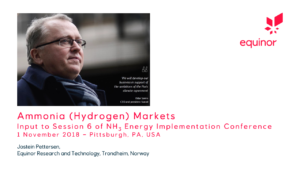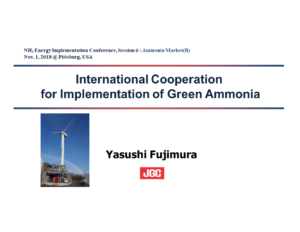Ammonia as a renewable liquid fuel has increased global interest for long term energy storage and as a principal chemical candidate in overcoming the challenging practical issues such as storage and transport associated with hydrogen. It is known the Haber-Bosch method of producing ammonia is based on fossil fuels and has a high energy consumption as a result of operating temperatures and pressures of special concern. A techno-economic study is presented for the electrochemical synthesis of ammonia with proton conducting membrane at near ambient pressure. Different coupling pathways were investigated for production of hydrogen and generation of nitrogen to assess…





